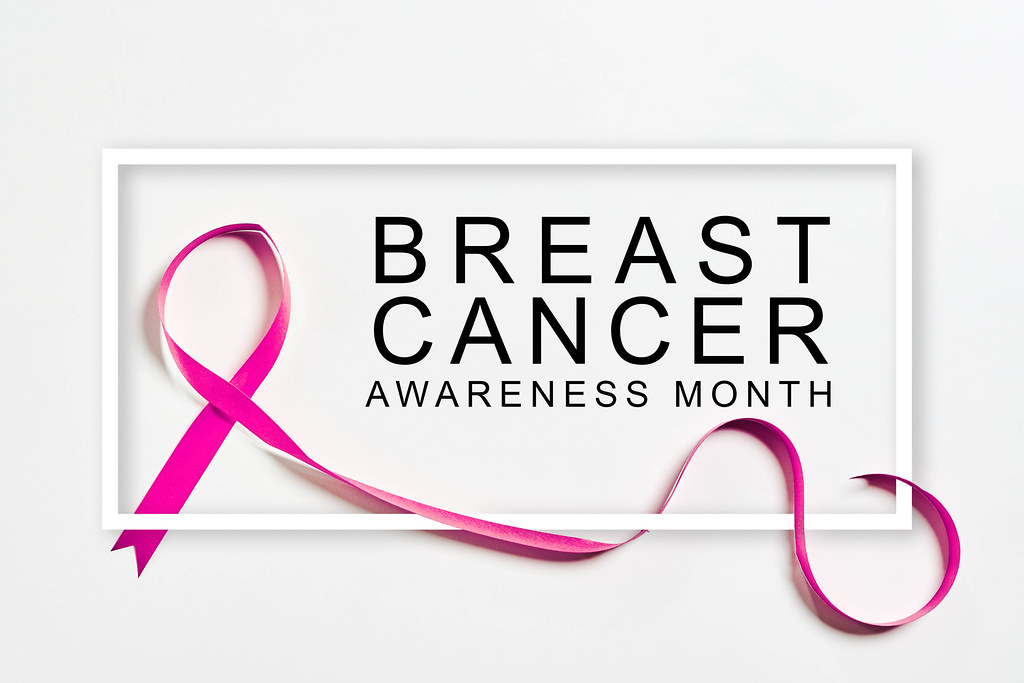Breast cancer is a common and often deadly disease affecting millions of women around the world. According to the American Cancer Society, 1 in 8 women in the United States will develop breast cancer in her lifetime. The good news is that early detection is key to successful treatment, and breast cancer screening is one of the most effective ways to catch the disease early. In this article, we’ll explore the importance of breast cancer screening, what to expect during a screening, and why it’s so important to get screened regularly.
The Importance of Breast Cancer Screening
Breast cancer screening is the process of checking a woman’s breasts for cancer before she has any symptoms. The two most common types of breast cancer screening are mammography and clinical breast exams. Mammography is a type of X-ray that can detect changes in breast tissue before they can be felt. Clinical breast exams are physical exams performed by a healthcare provider to check for lumps or other abnormalities in the breast.
Breast cancer screening is important for several reasons. First, early detection is key to successful treatment. When breast cancer is caught early, it is much easier to treat and has a higher chance of being cured. Second, breast cancer screening can detect cancer before it has a chance to spread to other parts of the body. This is important because when breast cancer spreads, it becomes much harder to treat.
When to Start Getting Screened
The American Cancer Society recommends that women with an average risk of breast cancer start getting yearly mammograms at age 45. However, women who are at higher risk of breast cancer (such as those with a family history of the disease) may need to start getting screened earlier. Your healthcare provider can help you determine when to start getting screened and how often to get screened.
What to Expect During a Screening
If you’ve never had a breast cancer screening before, you might be wondering what to expect. During a mammogram, you’ll be asked to remove your clothing from the waist up and put on a gown. You’ll then stand in front of a machine with a flat surface and a plastic plate. The technician will place one of your breasts on the plate and lower another plate on top to compress the breast tissue. This can be uncomfortable, but it only lasts a few seconds.
During a clinical breast exam, your healthcare provider will ask you to remove your clothing from the waist up and lie down on a table. Your provider will then use his or her hands to feel your breasts and underarms for lumps or other abnormalities.
What to Do If You Find a Lump
If you find a lump in your breast, don’t panic. Not all lumps are cancerous, and many are harmless. However, it’s important to get any new lump checked out by a healthcare provider. Your provider may recommend further testing, such as a mammogram or biopsy, to determine whether the lump is cancerous.
Conclusion
Breast cancer screening is an important tool in the fight against breast cancer. By detecting cancer early, we can increase the chances of successful treatment and save lives. If you’re a woman over the age of 45 (or younger if you’re at higher risk), it’s important to talk to your healthcare provider about getting screened for breast cancer. Don’t let fear or discomfort prevent you from taking care of your health.
FAQs
What is breast cancer screening?
- Breast cancer screening is the process of checking a woman’s breasts for cancer before she has any symptoms.
When should I start getting screened for breast cancer?
- The American Cancer Society recommends that women with an average risk of breast cancer start getting yearly mammograms at age 45.
- Is breast cancer screening painful?
Mammography can be uncomfortable, but it only lasts a few seconds. Clinical breast exams are typically painless.
- How often should I get screened for breast cancer?
Women with an average risk of breast cancer should get yearly mammograms starting at age 45. Your healthcare provider can help you determine how often to get screened based on your individual risk factors.
- What happens if a lump is found during a breast cancer screening?
If a lump is found during a breast cancer screening, further testing may be needed to determine whether the lump is cancerous. This may include a mammogram, ultrasound, or biopsy.




